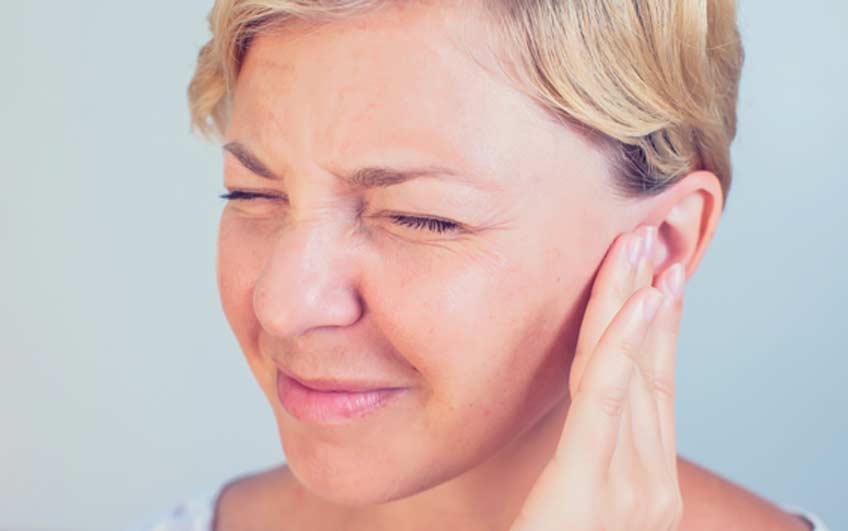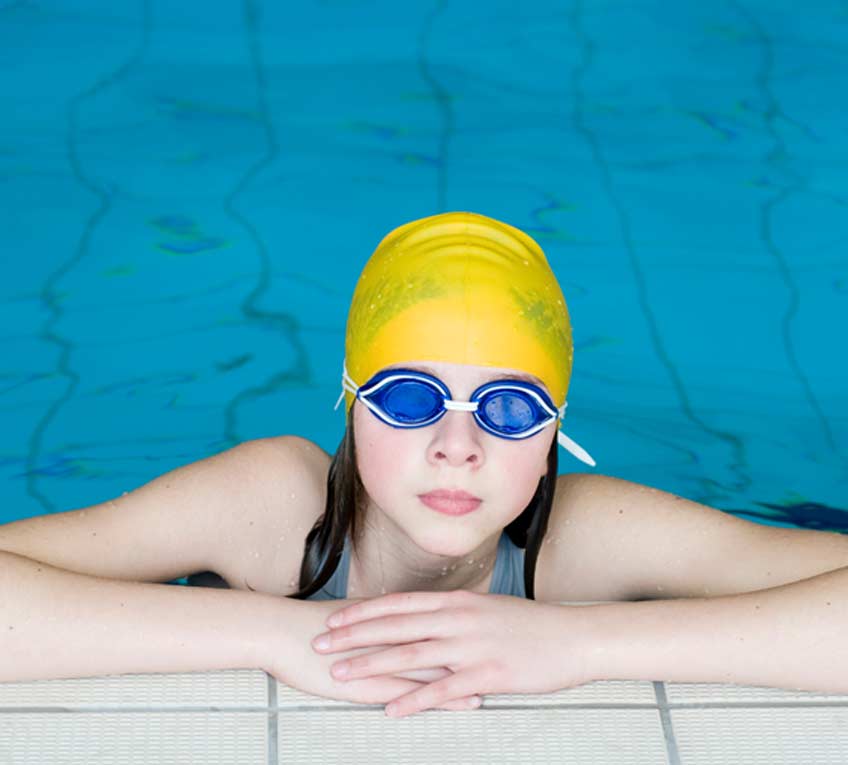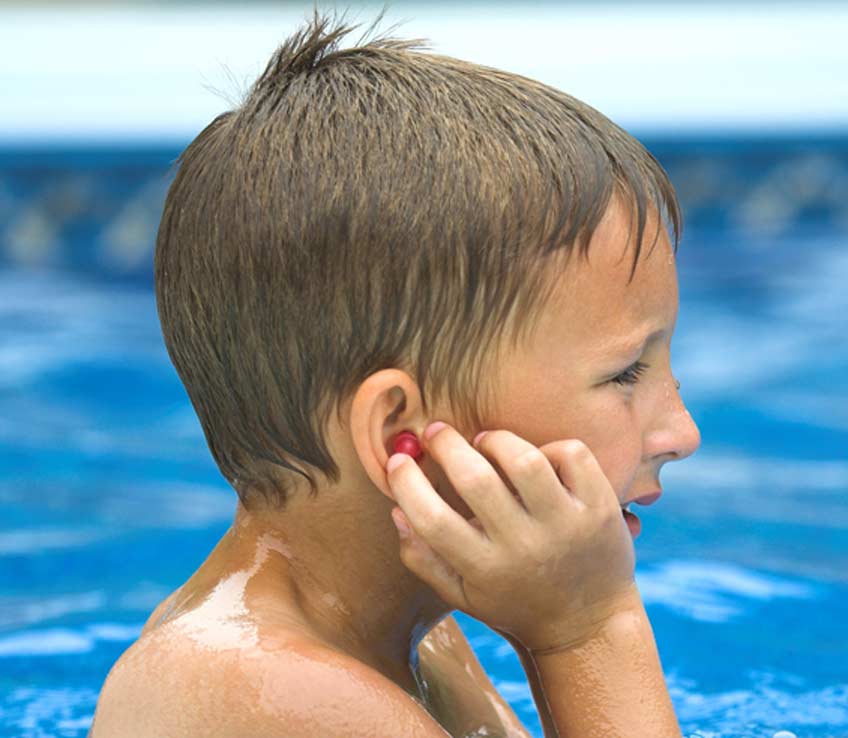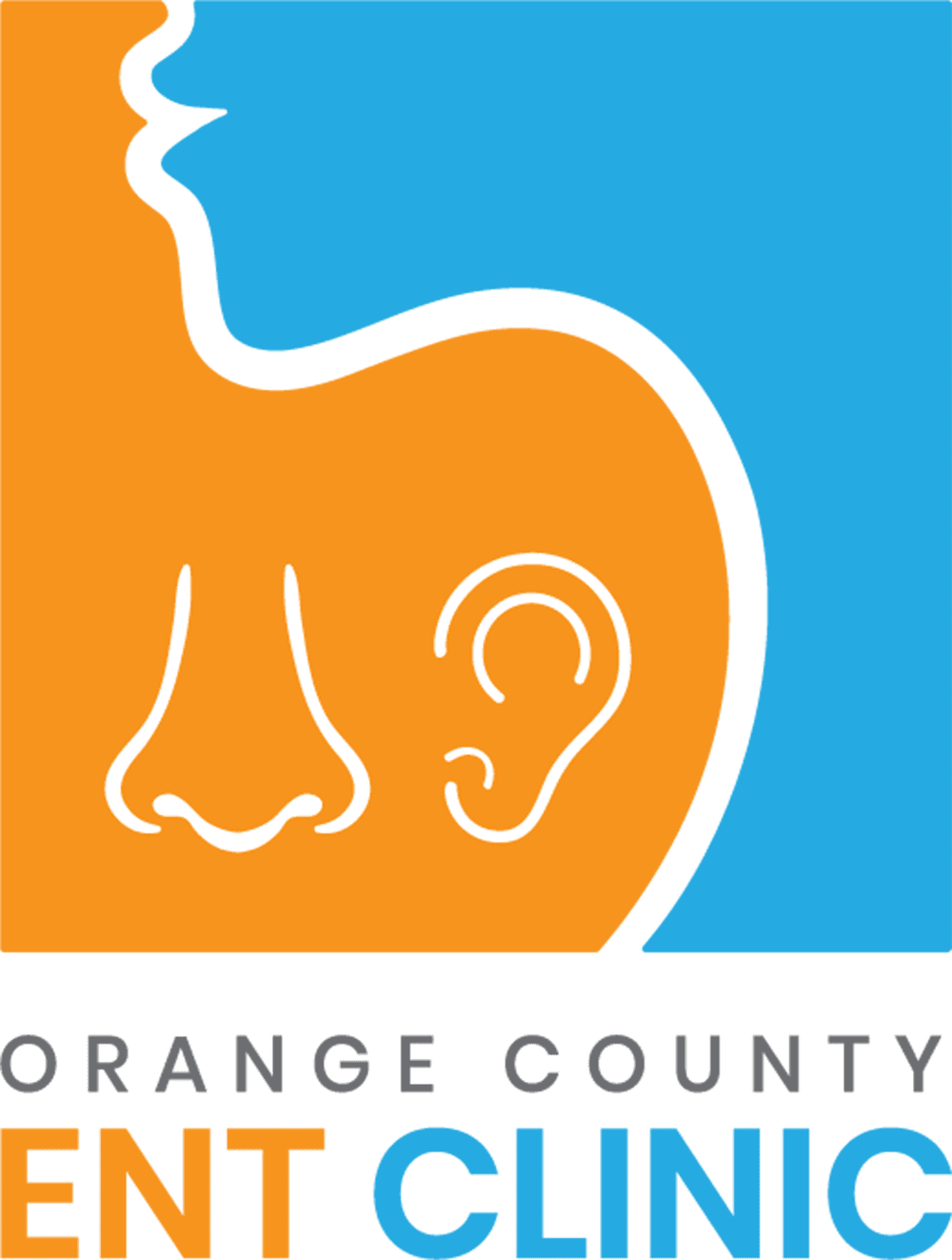
Swimmer’s ear (otitis externa) is a type of infection that affects the outer ear canal.
It’s so-named because it often affects individuals participating in water-based activities, like swimming, that may lead to moisture accumulation within the ear. However, the condition can also develop as a result of other situations that can create a perfect environment for bacteria, such as the use of cotton swabs that damage the ear canal lining.
Most people with swimmer’s ear respond well to treatment, especially when the problem is detected early.
Swimmer’s Ear Causes and Symptoms
While swimmer’s ear can be caused by fungal or viral infections, it’s more likely to develop because of bacteria that gets into the outer ear canal. The condition may also develop from the frequent use of earplugs or hearing aids if such objects are inserted into the ear in a way that prevents the formation of protective earwax.
An outer ear canal infection can also be caused by anything that affects the ear’s natural defenses, such as ear canal cuts or scratches, sensitivity to ear jewelry or hair products, or excessive moisture buildup. In addition to itchiness and difficulty hearing in the affected ear, symptoms, which can vary based on how advanced the infection is, related to swimmer’s ear may include:


- Fluid drainage
- Foul-swelling ear drainage
- Fever
- Temporary hearing loss
- Lymph node swelling
- Discomfort in the affected ear that’s affected by movement
Diagnosis and Treatment
Diagnosis of swimmer’s ear usually involves a visual inspection of the affected ear with a lighted instrument called an otoscope. If the eardrum is blocked, a special type of suction device may be used to inspect this membrane within the ear. Discharge or drainage from the ear is sometimes tested as well. If it’s believed that the infection may have spread, the middle ear may be examined as well.Post-Treatment Healing
Once an infection is being actively treated, it’s important for patients to take steps to protect the affected ear so that healing and recovery can occur. Common recommendations include avoiding the use of earbuds, temporarily avoiding water-related activities, taking baths instead of showers to avoid excessive ear moisture, and reducing the use of hearing aids as much as possible until the symptoms subside. Sleeping so the affected ear faces up may also be recommended to help medication work.
It’s especially important to take steps to reduce your risk of developing swimmer’s ear if you are recovering from an ear infection from another source. You may also be able to prevent an outer ear canal infection of this nature by not placing sharp objects in your ear, using earplugs while swimming or participating in other water-related activities, and thoroughly drying your ears after showering or getting out of the water.
